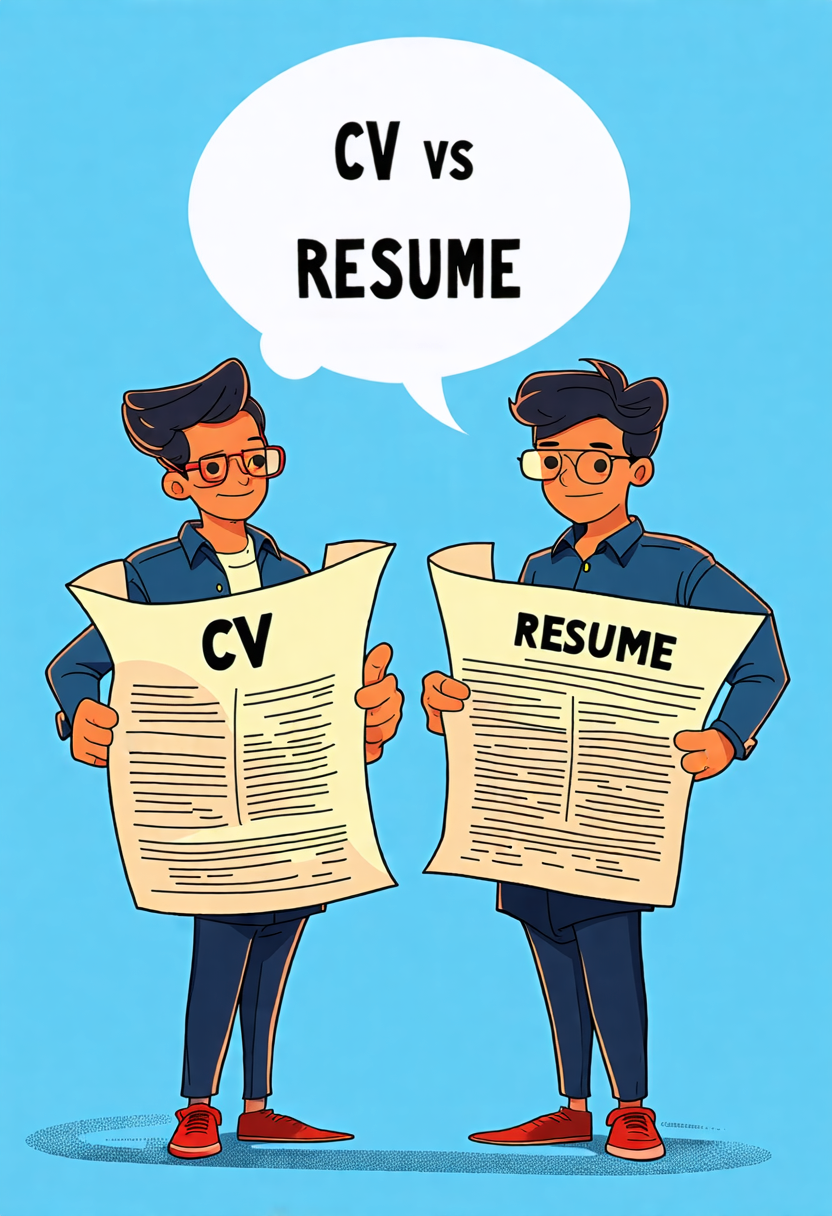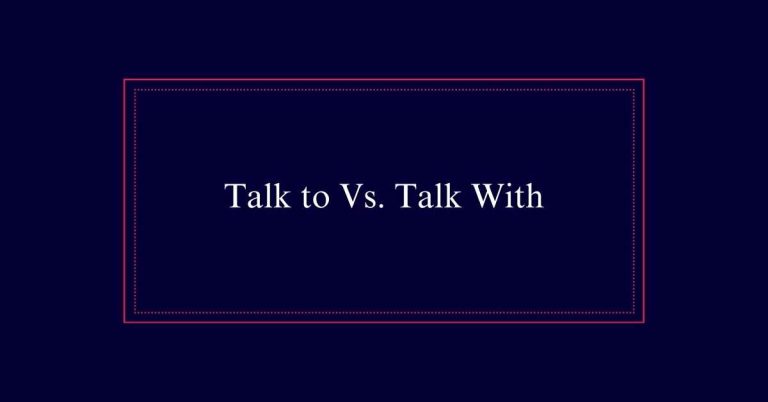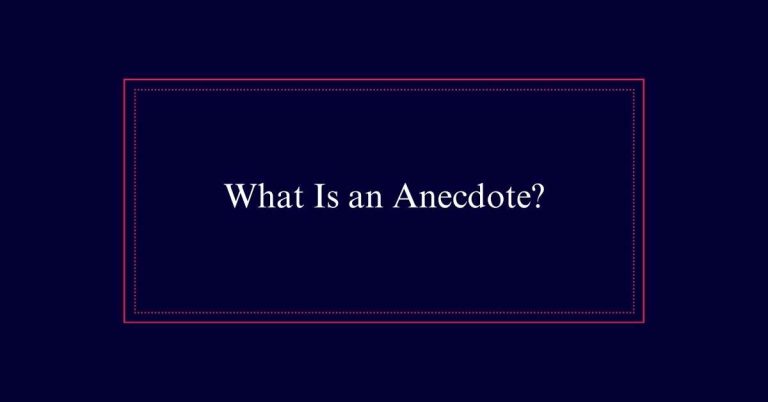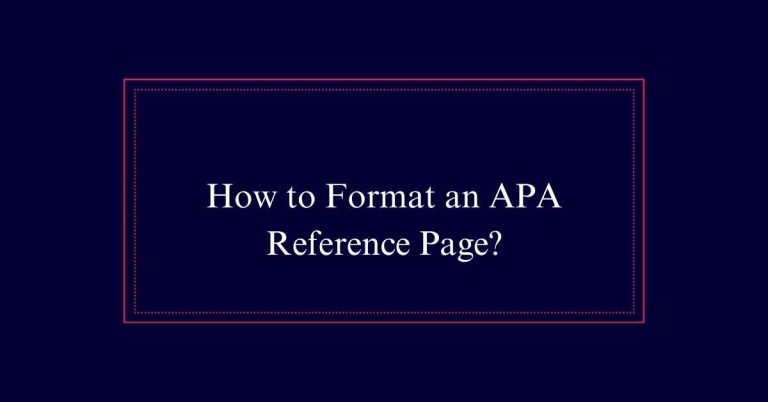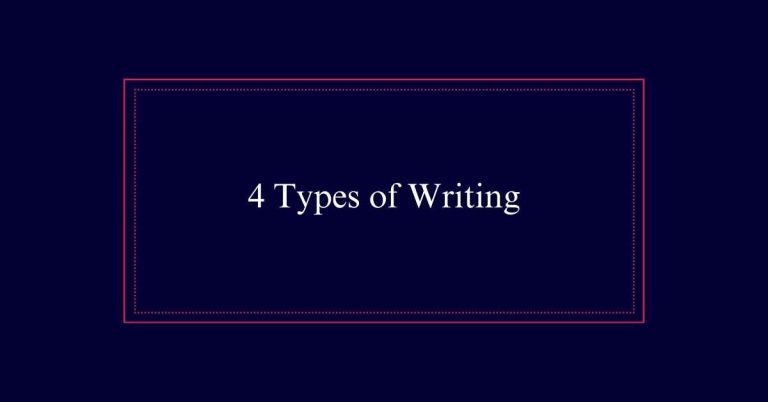CV Vs. Resume
A CV (Curriculum Vitae) is a detailed document that outlines your educational background, work experience, skills, and achievements. It can span multiple pages and is used mainly for academic, medical, and research positions. A résumé, on the other hand, is a concise, one-page summary customized for specific job applications, emphasizing relevant job-specific skills and experiences.
In the U.S., résumés are standard for job applications, while Europe and the U.K. prefer CVs for thorough career histories.
Definition of CV and Résumé
A Curriculum Vitae (CV) is a detailed document that outlines an individual’s educational and professional background, while a résumé is a concise summary tailored for specific job applications. A CV covers a thorough overview of one’s academic and professional history. It often includes education, work experience, skills, publications, and other achievements. This document can be several pages long, depending on the individual’s career.
In contrast, a résumé is much shorter, usually one page. It is customized for each job application to highlight relevant experience and skills. The purpose of a résumé is to provide a quick snapshot of qualifications that match the job’s requirements.
Usage by Region
Understanding the usage of CVs and résumés by region helps in tailoring job applications effectively. In the United States, résumés are the standard for most job applications. They are brief and focused on relevant experience.
Conversely, in Europe and the United Kingdom, CVs are more common. They offer a detailed overview of one’s academic and professional history. For academic, medical, and research positions, a CV is typically required regardless of region.
Knowing these regional preferences guarantees that applicants present their qualifications in the most accepted format. Therefore, understanding whether to use a CV or résumé can greatly enhance the chances of securing a job or academic opportunity in different parts of the world.
Length and Detail
Length and detail distinguish CVs from résumés in significant ways. A résumé is typically one page long and focuses on skills and experiences relevant to a specific job. It is concise and tailored to each job application.
CVs, on the other hand, are more detailed and extensive. They cover the entire professional and academic history of an individual. CVs have no strict length limit and often span multiple pages. This allows for a thorough presentation of one’s career, including publications, presentations, and awards.
The breadth of information in a CV makes it suitable for academic, medical, and research positions, where a detailed record of achievements is necessary. Thus, the level of detail and length are key differences between the two documents.
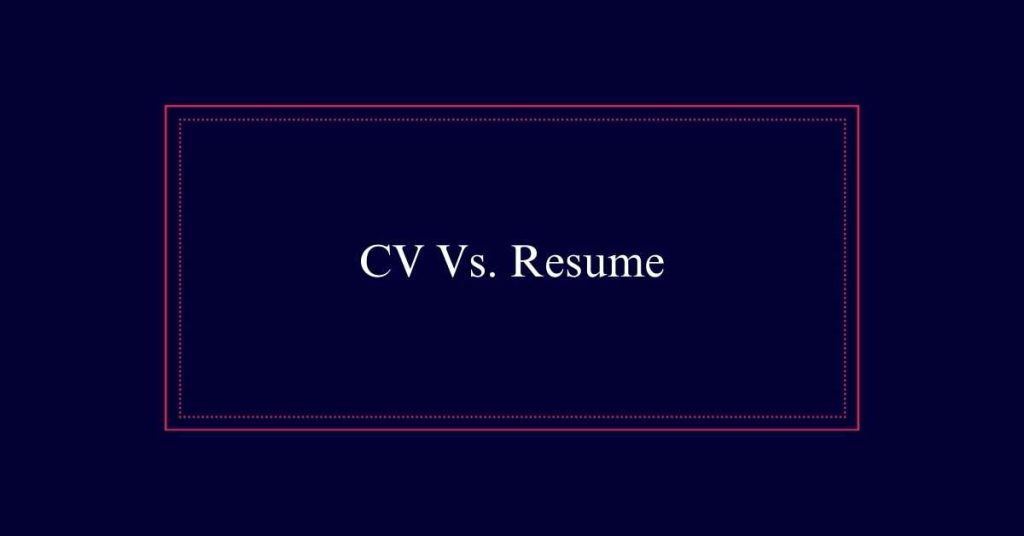
Career Applications
Choosing between a CV and a résumé depends largely on your career field and the job location. In academia, medicine, and law, a CV is usually required. These fields value detailed accounts of your educational background and professional achievements.
For job applications in the United States, a résumé is more common. It is concise and tailored specifically to the job you are applying for.
In contrast, European and UK employers often prefer CVs, which provide a thorough overview of your career. If you apply for positions in research or grants, a CV is also the preferred document.
Formatting Differences
When comparing CVs and résumés, the differences in formatting are significant and can impact how effectively your document is received. CVs tend to be longer and more detailed, often spanning multiple pages, while résumés are concise and typically limited to one page. CVs include detailed sections such as education, work experience, and publications. In contrast, résumés focus on relevant experience tailored to the specific job application.
Here is a quick comparison:
| Aspect | CV | Résumé |
|---|---|---|
| Length | Multiple pages | One page |
| Detail Level | Detailed | Concise |
| Purpose | Academic/Professional | Job-specific |
| Sections Included | Extensive (e.g., publications) | Focused (e.g., relevant experience) |
Content Focus
In the domain of job applications, the content focus of a CV and a résumé differs greatly. A CV is a detailed document. It includes a full history of your academic achievements, research, publications, and professional experiences. It is exhaustive and can be several pages long.
On the other hand, a résumé is concise. It highlights specific skills and experiences relevant to the job for which you are applying. Résumés are typically one page, making them easier to skim.
While CVs are more suited for academic and research roles, résumés cater to a wider range of job applications. This distinction in content focus helps employers quickly identify the right candidate for the role they are hiring for.
Sections in a CV
A CV typically includes sections such as a header, professional summary, education, work experience, and skills. The header contains your name and contact details.
The professional summary gives a brief overview of your career goals and key achievements. The education section lists your academic qualifications, including degrees and certifications.
The work experience section details your employment history, highlighting your roles and responsibilities. The skills section showcases your relevant abilities, both technical and soft skills.
Additional sections may include publications, awards, and professional memberships, depending on your field. A thorough and detailed CV provides a complete view of your qualifications, making it suitable for academic, medical, and legal careers, as well as international job applications.
Sections in a Résumé
Just as a CV, a résumé includes several key sections that provide a summary of your professional qualifications. These sections are essential for presenting your skills and experience to potential employers in a clear and concise manner. The primary sections typically found in a résumé are:
| Section | Description | Example Content |
|---|---|---|
| Header | Contact information and professional title | Name, phone number, email |
| Professional Summary | Brief overview of qualifications | ‘Experienced marketer with 5 years in digital marketing.’ |
| Work Experience | Relevant job history and responsibilities | Job title, company, years worked |
| Education | Academic background | Degree, institution, graduation year |
| Skills | Key competencies and abilities | ‘Project management, SEO, Excel’ |
Photo Guidelines
Should you include a photo on your CV or résumé? The answer depends on the document and its intended use. For CVs, especially in Europe and certain industries like modeling or acting, including a photo is common. However, it is optional and not always necessary.
On the other hand, résumés in the United States typically should not include a photo. This is to avoid potential biases during the hiring process. Including a photo on a résumé could lead to discrimination concerns and is generally discouraged.
Always check the specific guidelines for the country and industry you are applying to, ensuring that your application meets local standards and expectations.
Pronunciation Tips
Pronunciation of CV and résumé can vary by region and context.
The term ‘CV’ is often spoken as ‘see-vee’ or ‘kuh-RIK-yuh-luhm VEE-tay,’ with the latter being its full form, ‘curriculum vitae.’
The pronunciation of ‘résumé’ typically mirrors its French origin, sounding like ‘REH-zoo-may.’ The accents on résumé help distinguish it from the English word ‘resume.
In professional settings, clarity in pronunciation is important to avoid confusion. Regional accents and local language norms may also influence how these terms are spoken. For instance, in the U.S., the term ‘résumé’ is more commonly used, while in Europe, ‘CV’ is preferred.
Always consider your audience when using these terms.
